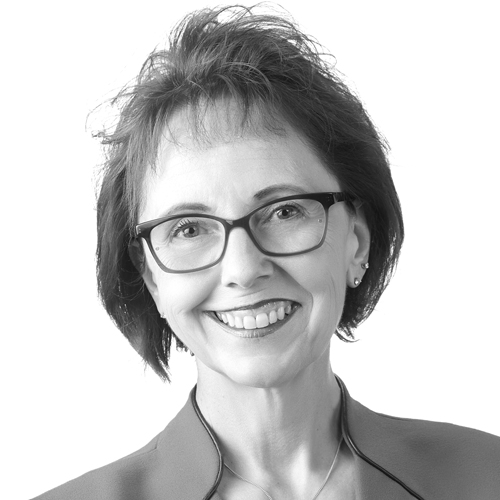From applications that can ensure the correct breast milk goes to the right baby to streamlining records across different departments, integrating technology is no small task for hospital systems today. For the Los Angeles-based Pomona Valley Hospital Medical Center (PVHMC), it’s all about accessibility to the end user. For CIO Kent Hoyos, that equates to a series of long- and short-term goals to replace antiquated technology with systems and applications that work across the enterprise to serve its diverse patient population.
The hospital has been a long-standing customer of Siemens Health Services and its Soarian platform. In fact, it was one of the first systems after the advent of the Internet that was to be written from the ground up, Hoyos explains. “It just didn’t come to fruition across the whole board,” he says. “So we’re sitting here in a place where we have some holes, and at about the same time, Cerner purchased Siemens in 2014. They made a statement that they were going to do a like-for-like offering.”
In November, PVHMC signed a contract to switch to the Cerner Millennium platform. “We found that the Soarian world of development felt a little slow, as you would imagine,” Hoyos says. “The other side of that was that it was beginning to feel like we’re some of the last rats on the ship kind of a thing, so we want to move as quickly as we can to get to what the future holds for us.”
In order to do that, he developed the strategy to make his subsequent new goals fit the entire organization. For Hoyos, it’s really about discussion and communication with the organization’s associates to make sure his team is moving in the same direction, with the same priorities as the organization. Hoyos takes the time to involve his clinicians, physicians, and community. He leads with transparency in developing goals while keeping patient care in mind by surrounding himself with clinicians.
“It’s not a Kent choice, or a one-of-my-staff choice. It’s an organizational decision that we really need to make as a team to ensure that these things are understood and evaluated so we can move forward.”
Because of that, he’s been distilling the hospital’s many applications into one platform, which will eliminate the need for multiple devices. This makes the experience inherently easier for the end user to understand where to go for that specific application. The department also won’t have to manage different platforms, multiple updates, and multiple access points. “One way to do it is the better way to go for us,” Hoyos says.
It also addresses the expectations people have surrounding technology. It’s fair to say that everyone wants the latest gadget in tech, from the iPhone 7 to VR headsets. There’s an intrinsic want for the latest, greatest thing. But integration creates a sense of equality because everyone gets his or her applications this way. This means integrating an application that tracks breast milk to make sure it goes to the matching baby with mobile blood-draw applications with an alerting platform that indicates new results and admissions.
By switching systems and integrating applications, Hoyos also has to focus on community connectivity. His goal is to get outside entities on board with the understanding that the data is good for their system, too. “We’re having people on one side who are used to certain applications and vendors,” he says. “It’s what they’ve learned to do, and it’s hard to change, even for IT folks. We want to keep those people and make sure they understand that they are part of our future.”
There have been a lot of challenges presented with trying to create community connectivity. “We’re a not-for-profit hospital. We don’t own our doctors,” Hoyos says. Because of that, there are many systems out there with patients who might be on the same system—but they have different opinions on how they want to use it. Hoyos is focused on how to make the environment meaningful for all—not just checking a “meaningful use” box.
Another goal for Hoyos is updating the hospital’s data center. Being that it’s in the basement of the organization’s hospital in California, there are seismic upgrades and construction issues that go into the day-to-day use issues. On top of that, part of the data center is in a building that was constructed in 1972. Hoyos is working on a plan to create a new data center, and PVHMC is considering moving the servers into its own building or creating a multi-use building that houses data. It’s been all about choice: how much of the old does one keep while moving forward?
“It’s not a Kent choice, or a one-of-my-staff choice,” he says. “It’s an organizational choice that we really need to make as a team to ensure that these things are understood and evaluated so we can move forward.”

